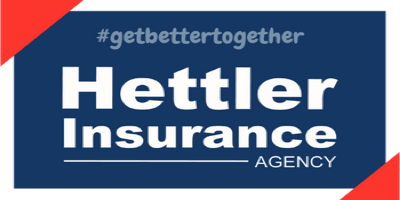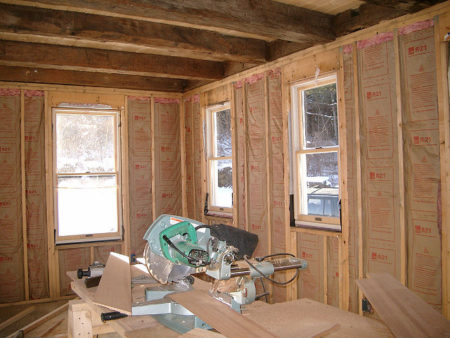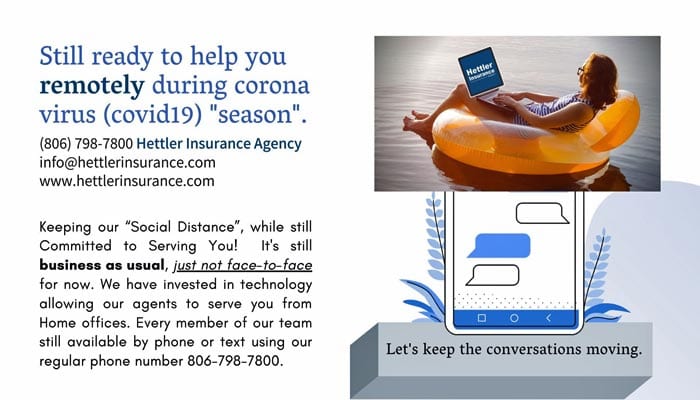
When you’re buying a house to flip or completely do a gut job, you have different insurance concerns than a house you buy to live in long-term. Many investors forget about the insurance component of a deal when they’re in the heat of the moment and focused on the potential of the property. Whoa, slow down. When is the best time to call your insurer? Before you sign the paperwork!
Work with the Right Insurance Agent
Flipping a house is typically not covered by standard insurance policies when it becomes a business vs a personal reno. Your first instinct might be to visit State Farm, All State or whoever handles your personal auto and property insurance.
Often, you will be denied, although if you are approved for a policy, be cautious. Some agents may attempt to fit a square peg in a round hole and leave your renovation open to risk. It’s helpful to work with a qualified independent agent, that can write builder’s risk policies, vacant building policies and rental dwelling policies. All of these policies may be used on a single renovation to cover risks at specific phases.
Insurance Considerations
One of the first questions an independent agent will ask? Is the property owner occupied? Basically, will you be living in the home as a primary residence during the flip? This is disclosed to the bank and your mortgage or finance lender upon closing. Typically, you have 60 days to move in and must live in the property for a year to be approved for owner occupied financing. Doing an owner-occupied flip can make insurance more affordable as you can qualify for a traditional homeowner’s policy.
Home and Dwelling Insurance
According to Dave Seymour, co-host of the TV show Flipping Boston, many new house flippers are under-insured. Standard homeowners’ policies generally include coverage for your main house, outbuildings, the contents of your home, personal liability and medical expenses. Dwelling policies are built based on your needs. For example, instead of covering personal belongings (which we can assume are in storage), flippers may opt to protect building materials and equipment on-site. New tiles, fixtures, tools and ever-popular copper plumbing could all be targets of thieves.
Vacant Building Insurance
If you don’t qualify for owner-occupied financing, chances are you are flipping in less than a year and won’t live in the building during the renovation. Most standard home policies have exclusions for neglect, abandonment and vacancy. Exclusions also exist for buying a vacant home or foreclosed, which isn’t sought after by normal homebuyers, but could be a great acquisition for a home flipper.
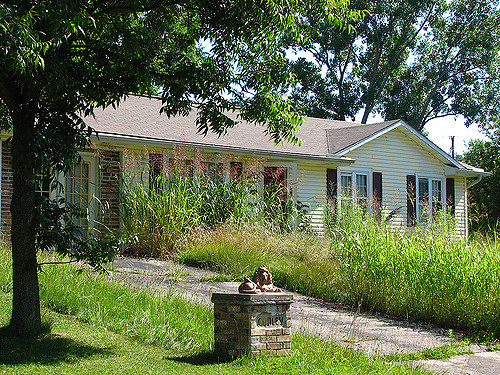 These actions would require vacant building insurance, which is more expensive than a standard home policy. Vandalism, fire and water damage claims tend to be more common and catastrophic on vacant properties.
These actions would require vacant building insurance, which is more expensive than a standard home policy. Vandalism, fire and water damage claims tend to be more common and catastrophic on vacant properties.
These policies can be written for less than a year, most flippers spend 4 – 6 months from acquisition to turnaround on a home remodel.
Included should be replacement cost of the home plus the value of updates being made. In addition to liability coverage for owners and investors hurt on the property.
Builder’s Risk Policy
If you setup an LLC to protect personal assets and are doing multiple flips a year, chances are you require a builder’s risk policy. If the home you purchased needs to be gutted with extensive construction and renovation, a builder’s risk policy is more suitable to your needs. New roof? Electrical and plumbing overhaul? Adding on a second story or new wing of the house? Builder’s risk will better cover your project and be more affordable than a vacant home policy.
Builder’s risk will also cover your expensive tools, equipment and even offer coverage of appliances or other home supplies in transit to your worksite.
Other factors that can affect cost of a builder’s risk policy: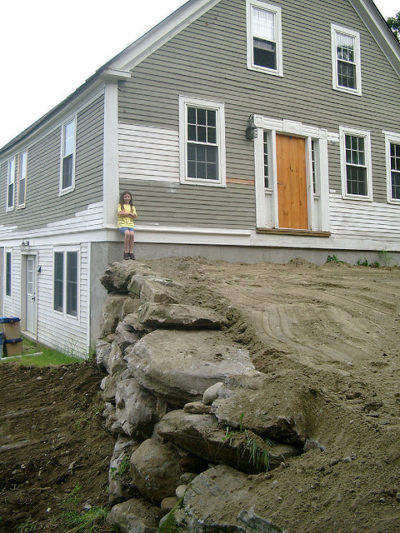
- Whether the building owner is the contractor or whether the risk is spread out over several subcontractors. Generally, carriers prefer spreading risk.
- Whether you structure phases of the renovation with documentation on who will work on each phase and what will happen.
- Whether subcontractors are licensed professionals. If a licensed architect is handling major construction.
- For a vacant property with a building risk policy, how long was the property vacant upon purchase and will continue be vacant?
- How many partners/co-owners are involved in the flipping business? Whether they are active or passive owners.
Rental Dwelling or Landlord Policy
If you aren’t looking for a quick sale, renting out a flipped home requires a new insurance policy. Only once you get an application for an approved renter would a builder’s risk, vacant home or standard homeowner policy need to be converted into a landlord policy.
There are many different policies that can affect a house flipper, each at various stages of a project. For these reasons, choosing a single policy tailored to your business can offer many benefits.
Flipping Insurance
Some insurers now offer custom policies for flippers. These policies take into consideration the different phases of your remodel project. For example, the policy covers the house for financing while it is vacant and before rehab. Once “demo day” arrives, it covers builder’s risk. Once the house is renovated, it might sit vacant again, be sold immediately or be rented out, in which case you’ll need a landlord or rental policy.
These policies can be a better option for those looking to get started in the business of house flipping. Also, flipping policies are on a month-to-month basis. If you only keep a property for a month or two, that’s how long you pay the policy, rather than having to pay six months to a year upfront.
